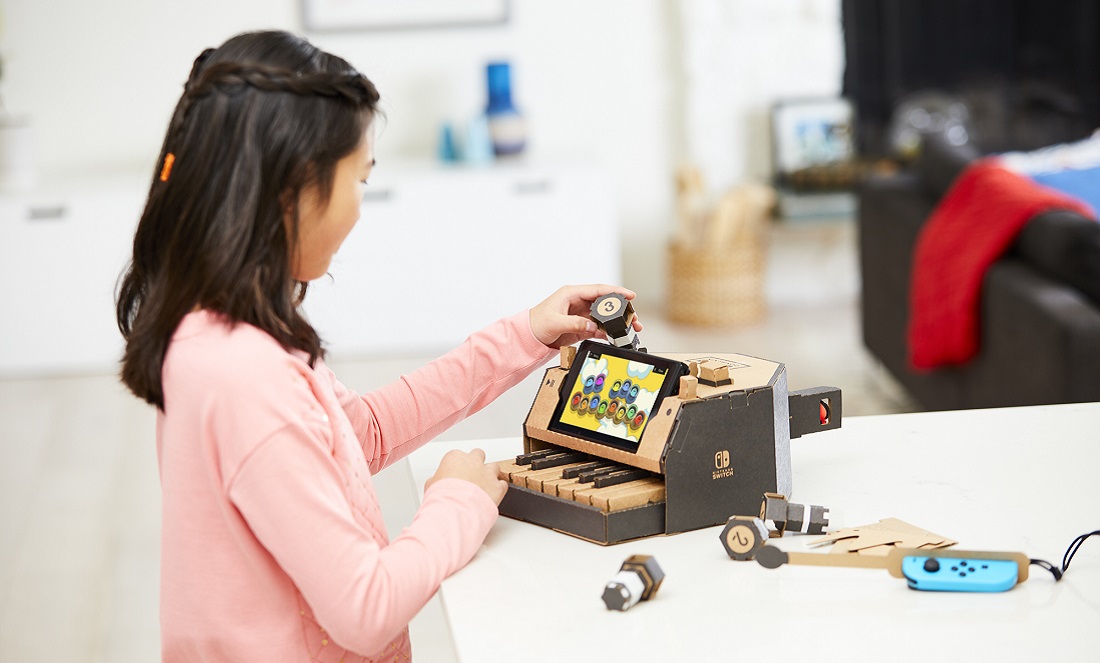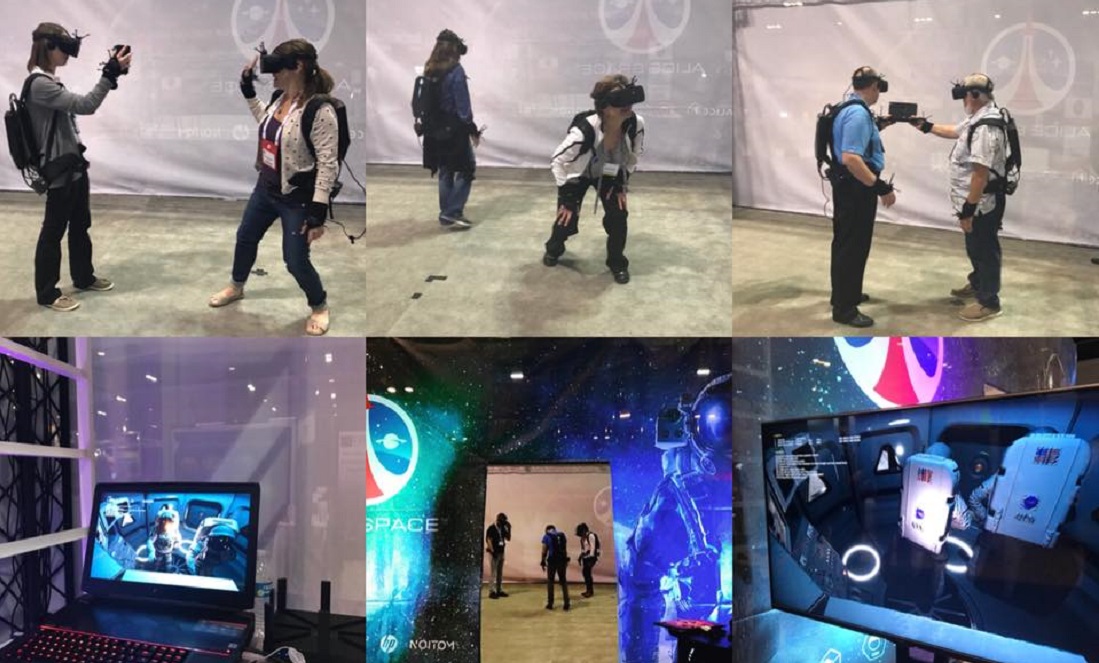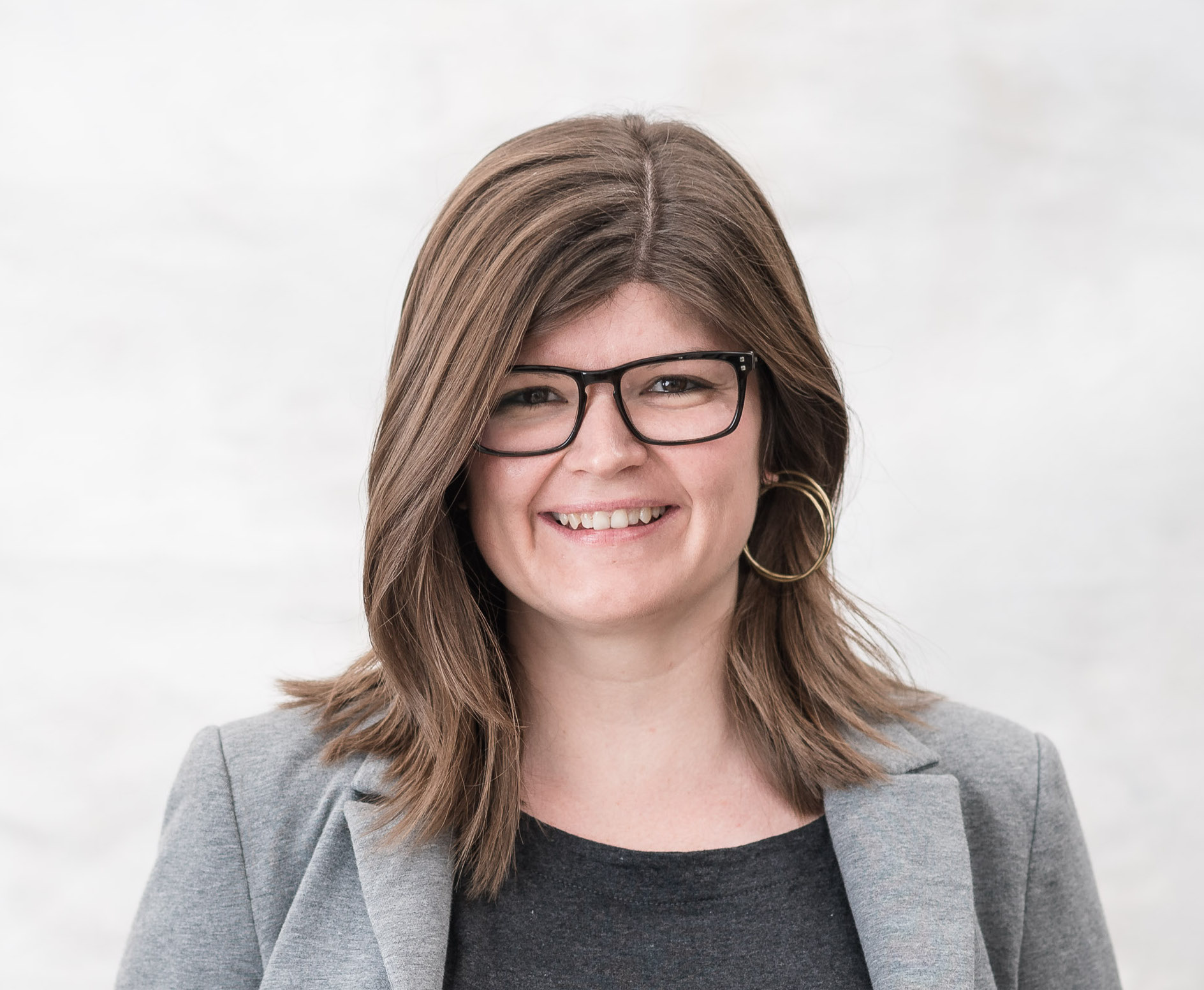Nintendo excited and surprised everyone with the recent launch of their new Nintendo Labo series – “a new line of interactive build-and-play experiences”.
Labo brings together an unexpected combination: build-it-yourself cardboard creations and Nintendo’s latest video game console, the Switch, a console already making wave in gaming community.
Unlike the consoles which have come before it, the Switch can be used at home with a television or can be used as a portable device. It also features two removable controllers with very precise motion feedback, so games like 1-2-Switch can be played based on feeling what’s happening rather than just looking at a screen.
Labo builds on this physical, tactile ability of the Switch by adding cardboard-based props.
Labo signals an important shift in the way we experience technology and perhaps even reality.

Reality shift
So far, most of our experience with digital technology is through flat, two-dimensional screens. The internet, social media, phones, computers, TV, games – all have things we look at but can’t really touch or feel. None of these technologies are really that immersive.
Even standard virtual reality (VR) is really just putting a screen super close to your eyes. While it’s much more immersive, you still can’t really touch the virtual objects you’re seeing.
Put another way, the physical world and the digital world have been separate. And this is precisely why things like Nintendo’s Labo are ground breaking when we think about reality. They bring the digital world into the physical in a way that’s immersive and touchable.
Augmented virtuality
Outside of Nintendo, other companies are finding ways to blend the digital world with the physical.
Melbourne’s Opaque Space are trying to do the opposite of the Labo – bringing the physical world into the digital.
Starting out in the VR space, Opaque is now pushing the boundaries in an already cutting-edge space.
Their current project is Earthlight: Lunar Mission, which is just what it sounds like. You’re on the Moon, working together with other players to complete realistic missions.
In September last year, Opaque showed off Lunar Mission at the Tokyo Games Show, which is one of the biggest and most important games expos in the world. Unsurprisingly, there were lines out the door waiting to try it.

Clearly, Lunar Mission is incredibly cool just on its own. But the technology Opaque is using to do it is even more exciting.
Opaque CEO Emre Deniz described the project to me as “augmented virtuality” or “location-based VR”. This means Lunar Mission is using physical objects to provide haptic feedback in the virtual environment. It’s also location aware – knowing where all objects are in the play space as well as all players.
In other words, you can actually touch and manipulate virtual objects (including other players), because their physical counterparts have been mapped into the game.
The real combines with the virtual
Last year, Facebook CEO Mark Zuckerberg was already predicting that smartphones would become glasses by 2022. What he’s really saying is that, in 4 years, our primary way of interfacing with the real will be through the virtual.
We live in interesting times indeed.









